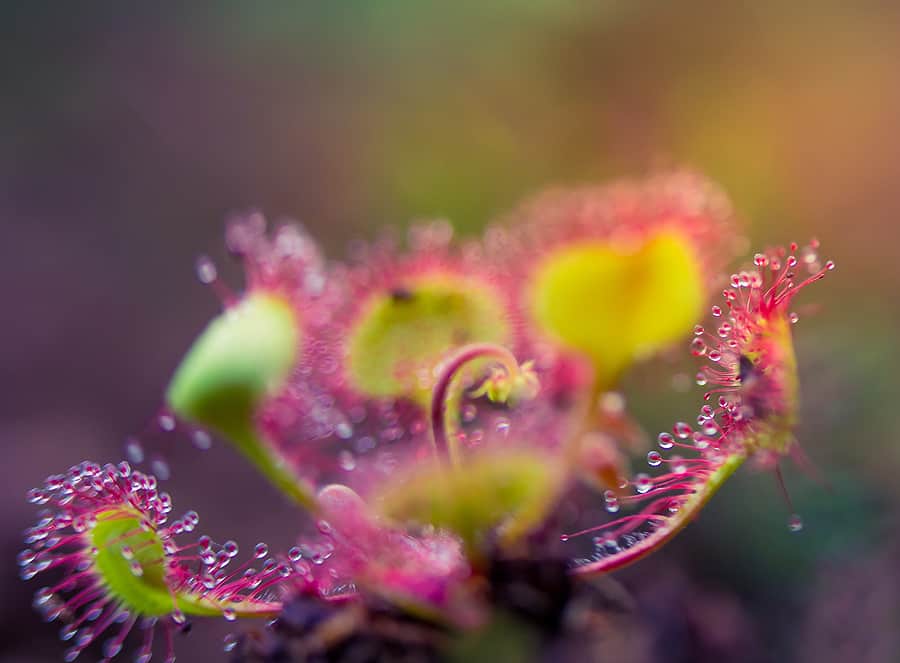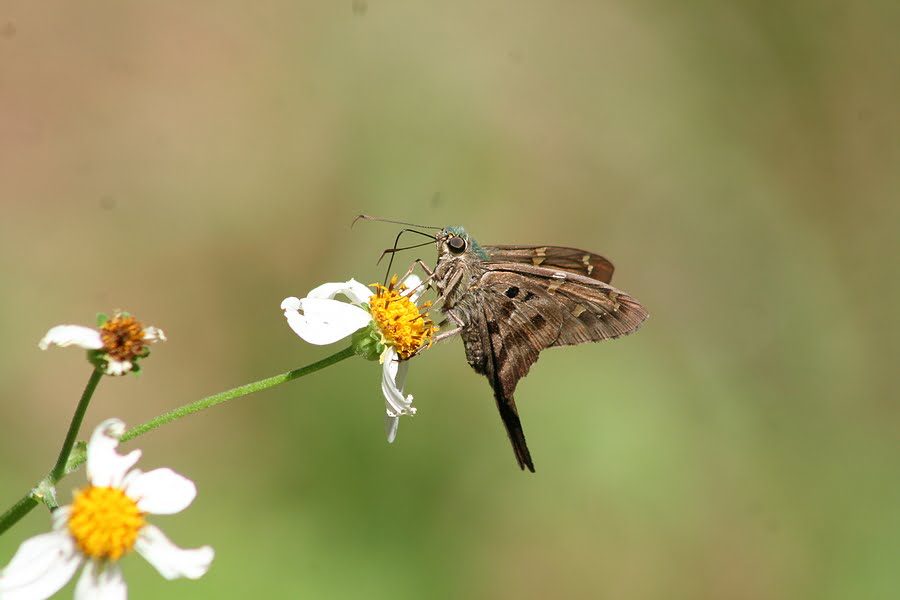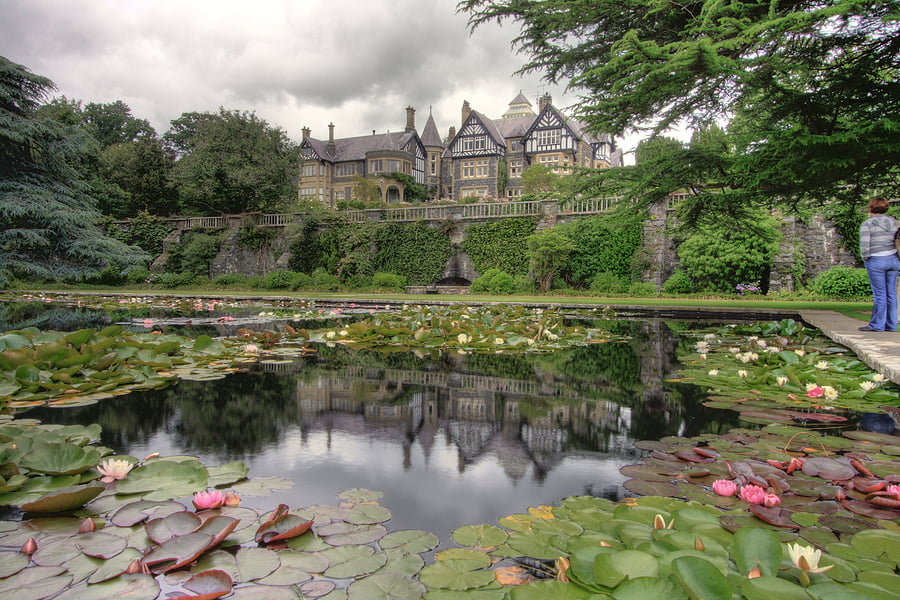
A Guide To Autumn & Winter Pond Care
6th October 2021
Invasive Aquatic Plants To Avoid
22nd October 2021When designing the ecosystem for your garden pond, you may want to consider not just the appearance of the plants, but also how they will interact with the other organisms in the aquatic environment.
For instance, of all the water plants in the UK, few may have a more profound impact on some of the living things they encounter than bladderwort; this is because it may very well eat them.
Bladderworts are part of a broad array of those most fascinating of flora; carnivorous plants. While nothing has yet been discovered that matches the kind of sci-fi horrors associated with John Wyndham’s triffids – unless it was only discovered very briefly before its finders were devoured – the world is full of these amazing plants.
Some of these are from hotter countries, such as the Venus fly trap and many pitcher plants, and they need to be kept indoors as they could never survive the British winter. But others, including bladderworts, some pitchers and sundews, can and do grow in temperate climates like our own.
Wild bladderworts are now very rare in England, but they are a classic pond plant. They produce attractive yellow flowers similar to snapdragons, making them an attractive addition to the vicinity. Under the surface, however, they capture and devour small insects, using a vacuum-based water trap that prey such as water fleas can trigger.
Because of their small size and the rapid speed at which they catch their prey, bladderworts do not put on the visually fascinating spectacle put on by the Venus fly trap, which also works on a trigger hair system.
However, there are a number of other plants that can be added around the boggy edges of a pond or in a small boggy island in it, such as sundews and pitcher plants. They will be perfectly suited to this environment provided the soil is slightly acidic, much in the manner of mossland across the UK.
All these will attract and eat insects, but fear not, they will not do so in such quantity that they starve any other pond life you have that feed on the same prey, such as amphibians. Occasionally, however, it should be noted amphibians can themselves be eaten by carnivorous plants.
Sundews will particularly add colour, not through flowering but through the glistening array of sticky red tentacles that lure hungry insects to their doom.
A key point that should be made about the soil such plants exist in, however, is that this differs from the kinds other plants may thrive in. After all, it is the lack of nutrients available in the soil that make it necessary for them to supplement their diet by turning carnivorous. Bog plants will, however, be absolutely fine, as they have other means of maximising the thin gruel such soil represents.
What this does mean is that if you have boggy bits around your pond, some plants will still thrive. But others will need the help of more nutrient-rich soil. Doing this might mean you can have some very different arrays of plant species on either side of the pond.





